The Kalanchoe, or Flaming Katy as it’s commonly known, is a popular houseplant for many. Its resilience, vibrant colors, and profound symbolism in Feng Shui make it an excellent choice for those seeking to bring positive energy into their homes. Let’s explore the significance and benefits of this remarkable plant.
1. All About Kalanchoe
Origin and Characteristics
Kalanchoe is a succulent, herbaceous perennial that can grow up to 1 meter tall. Its stems are smooth and purple or green, and it blooms in spring, making it a popular choice for Tet decorations. The flowers come in vibrant clusters of red, yellow, orange, white, or pink, adding a splash of color to any space.
Kalanchoe thrives in sunny conditions and goes by several names in Vietnam, including lá bỏng, trường sinh, diệp sinh căn, and đả bất tử.
Varieties of Kalanchoe
There are several varieties of Kalanchoe found in Vietnam, each with its unique characteristics:
- Kalanchoe laciniata, or Sống đời ta: Features green, succulent leaves and red or pink flowers shaped like lanterns.
- Kalanchoe daigremontiana, or Sống đời Đà Lạt: Native to Dalat, with small, fluffy flowers in deep red, pink, yellow, or orange. A popular choice for Tet decorations.
- Kalanchoe pinnata, or Sống đời lá dài: Has long, serrated leaves that curve downward. The flowers are pink and usually bloom in January.
- Kalanchoe blossfeldiana, or Sống đời ngũ sắc: The most distinctive variety, with five different colors, fluffy flowers, and a blooming period around Tet, making it a favorite for the holiday season.
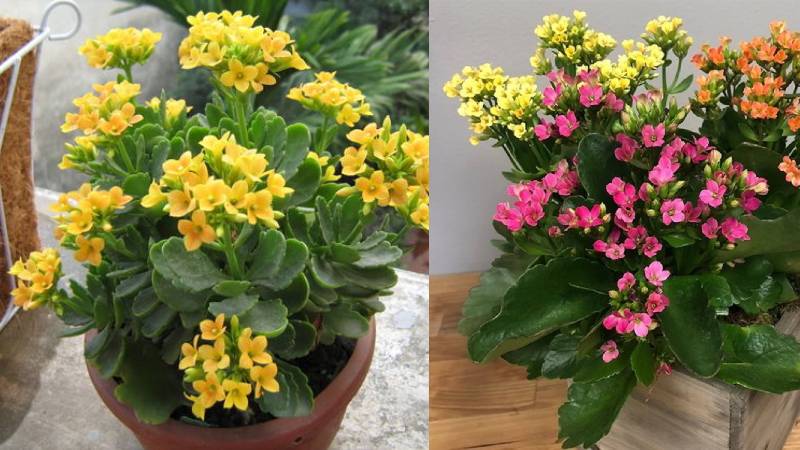 All About Kalanchoe
All About Kalanchoe
2. Feng Shui Significance of Kalanchoe
Despite its small stature, Kalanchoe embodies resilience and longevity. When its leaves fall to the ground, they take root and grow into new plants, symbolizing endurance and eternal life.
During Tet, families often display Kalanchoe in their homes as a symbol of health and happiness. It also represents unity and the flourishing of relationships among family members.
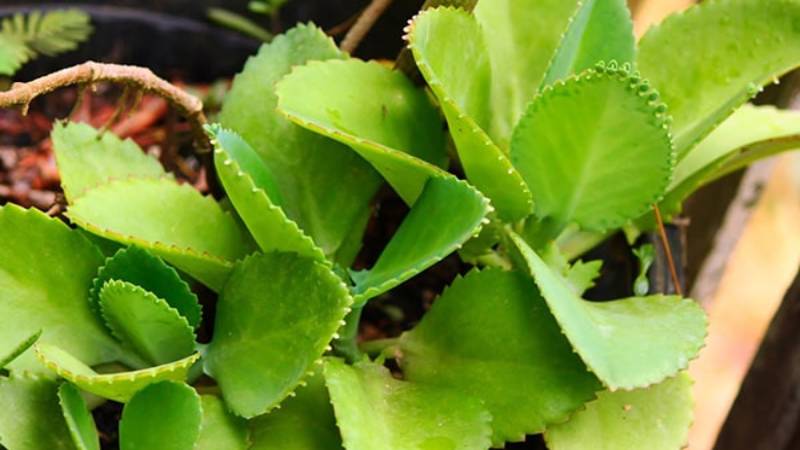 Feng Shui Significance of Kalanchoe
Feng Shui Significance of Kalanchoe
For friends, Kalanchoe symbolizes enduring friendship. Placing it on a desk or study table represents motivation, perseverance, and ambition. For students, it also symbolizes the hope for academic success and fulfillment.
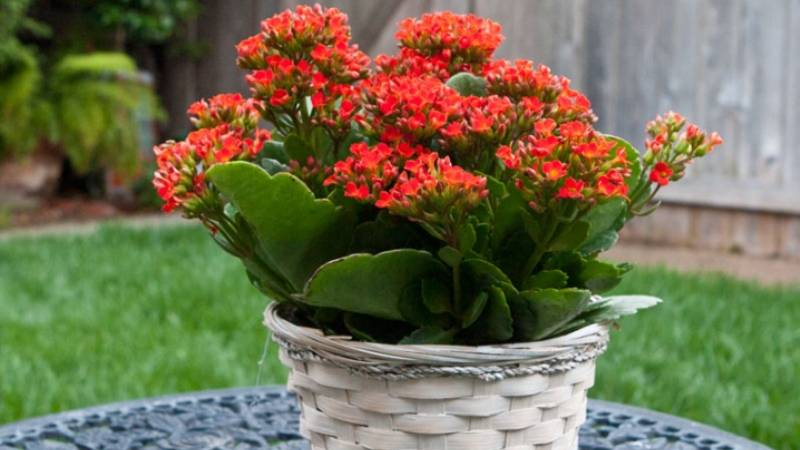 Kalanchoe on a desk symbolizes motivation and ambition.
Kalanchoe on a desk symbolizes motivation and ambition.
3. Practical Uses of Kalanchoe
Beyond its symbolic value, Kalanchoe has practical applications in traditional medicine. It is believed to aid in healing burns, stopping bleeding, and treating eye infections, inflammation, and wounds. It is also used to treat abscesses, intestinal inflammation, and blood in the urine. However, it is essential to consult a healthcare professional before using any herbal remedies.
Kalanchoe is also known for its antibacterial properties, benefiting the gut and treating various infections without causing adverse effects.
 Practical Uses of Kalanchoe
Practical Uses of Kalanchoe
4. Feng Shui Compatibility of Kalanchoe
Kalanchoe is particularly compatible with individuals born in the years of the Rat, Ox, Tiger, Rabbit, Snake, and Horse. The colors of its flowers are believed to bring good fortune and ward off difficulties for these zodiac signs.
In terms of Chinese elemental cycles, Kalanchoe is associated with the Earth element. Therefore, it is especially beneficial for individuals with the Earth or Fire element in their birth charts, helping to attract positive energy and ward off negative influences.
 Feng Shui Compatibility of Kalanchoe
Feng Shui Compatibility of Kalanchoe
Additionally, choosing the right pot color can further enhance the plant’s compatibility:
- Individuals with the Water element should opt for black or blue pots.
- Those with the Metal element should choose silver or white pots.
- For the Wood element, select brown or yellow pots.
5. Growing and Caring for Kalanchoe
Planting Kalanchoe
You can easily grow Kalanchoe using two methods:
- Leaf propagation: Place 2-3 mature leaves in moist soil, provide fertilizer, and water regularly. New plants will sprout from the leaf margins. Once the new plants develop 2 leaves, carefully separate them and transplant them into individual pots.
- Seed propagation: Prepare nutrient-rich, well-drained soil. Sow the seeds, water regularly, and wait for the seedlings to develop 2 leaves before transplanting them into larger pots for better growth.
Caring for Kalanchoe
To ensure your Kalanchoe thrives and blooms, follow these care tips:
- Soil: Use well-drained soil with a mixture of earth, rice hull ash, lime, and coconut fiber in a 1:1:1:1 ratio.
- Light: Kalanchoe prefers bright, indirect light and mild temperatures between 20-32°C (68-90°F). Avoid direct sunlight and extreme cold (<5°C) as it may harm the plant.
- Watering: Water your Kalanchoe twice a day, preferably in the early morning or late afternoon. For plants with 1-2 tiers of leaves, once a day is sufficient. Overwatering can lead to leaf and root rot.
- Fertilizer: After 5 days of planting, apply 1-2 teaspoons of fertilizer. For the next 15 days, soak NPK and oil cakes, then water the plant with this mixture. Avoid getting fertilizer on the flowers to prevent rotting.
 Growing and Caring for Kalanchoe
Growing and Caring for Kalanchoe
6. Kalanchoe for Tet 2023
Here are some vibrant Kalanchoe varieties to brighten up your Tet celebrations:
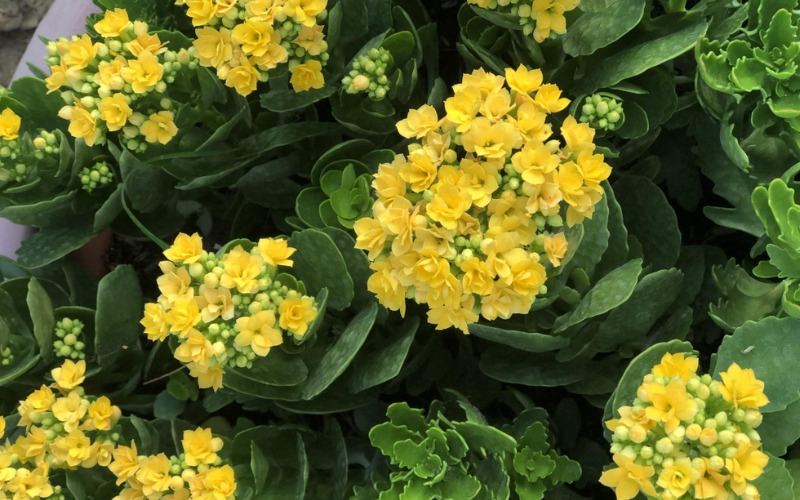 Kalanchoe blossfeldiana in yellow
Kalanchoe blossfeldiana in yellow
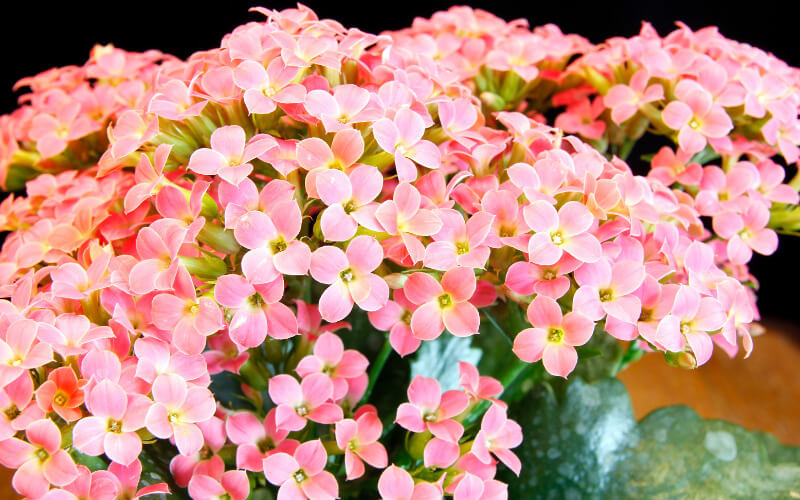 Kalanchoe daigremontiana in pink
Kalanchoe daigremontiana in pink
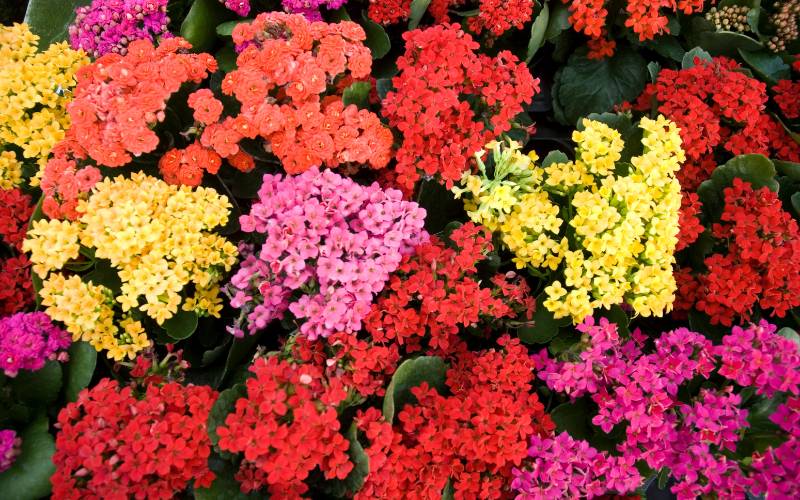 Kalanchoe blossfeldiana in assorted colors
Kalanchoe blossfeldiana in assorted colors
 Kalanchoe blossfeldiana ‘Orange Flame’
Kalanchoe blossfeldiana ‘Orange Flame’
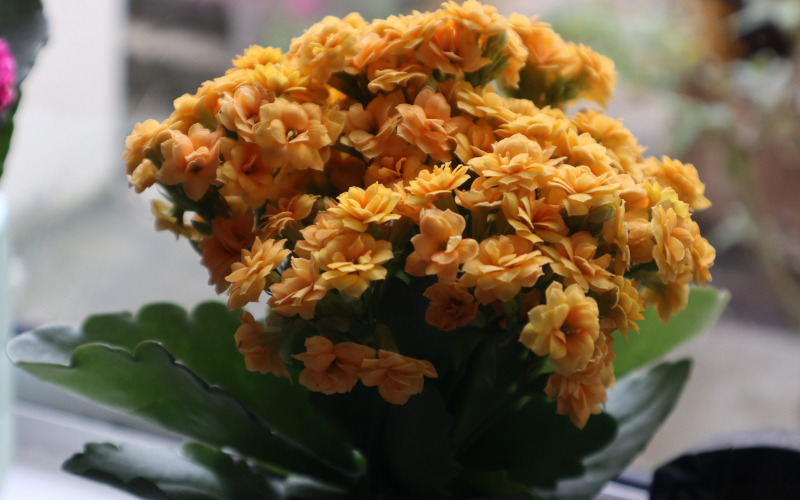 Kalanchoe blossfeldiana in orange
Kalanchoe blossfeldiana in orange
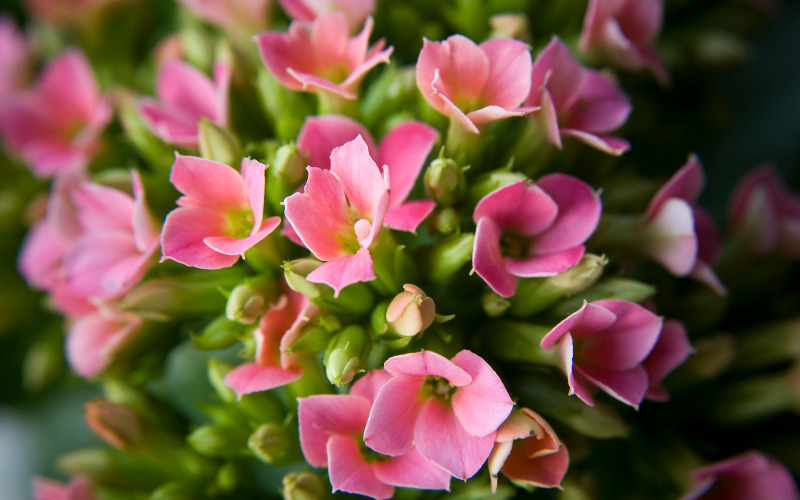 Kalanchoe daigremontiana in pink
Kalanchoe daigremontiana in pink
We hope this guide has inspired you to bring home a Kalanchoe plant and experience its beauty and symbolism for yourself. Happy Tet!
2023 Lunar New Year Gift Ideas for Older Family and Friends
As 2021 approaches, families worldwide are gathering to celebrate the special bond between grandparents and their grandchildren. To show their love and admiration, these thoughtfully chosen gifts will bring a smile to the face of the elderly. Here, we have compiled a list of the 13 most meaningful Tet presents that can bring joy to our beloved grandparents.






































